Choosing a Wedding Photographer
Your wedding is one of the most memorable times in your life. Many people spend months planning out every single detail; where to hold the ceremony, who to invite, what colors and decorations to choose, the list goes on and on. And choosing vendors for your wedding can sometimes feel like a shot in the dark. You read reviews, ask friends for referrals, compare prices and services in order to find the best fit for you and your future spouse. But when it comes time to select the best wedding photographer, where do you start?
I think most people follow a similar pattern, they search google for local photographers, check out their online portfolios, read the reviews, and of course check their prices. I don’t speak just as a photographer, when I got married I did the same thing. After my husband and I married, we traveled to California where we hired a local photographer to take some pictures of us on the beach, and of course we were interesting in finding the best photographer. His portfolio pictures were good, and his prices were in line with the local competition so we gave him a call. And over the years thru my own experiences, I began to notice certain trends and thought I’d share some of my insights I’ve learned along the way.
Consistency
This is the first thing I look for. Even an amateur photographer will occasionally capture a picture that looks nice. But when you hire a wedding photographer you’re not hiring someone to “just take pictures”, you should hire an experienced professional that will capture the emotions of your wedding thru pictures. Of course, all photographers will put their very best work on their portfolios. I’d be wary of the photographer that has very few pictures posted. Look for consistent quality, whether it’s online or thru the printed albums. This is the only way to ensure that YOUR pictures will be just as good as the pictures you see in their portfolio.
Take a look at the graphic below which illustrates my point.
The blue and orange lines represent 2 photographers of different skill levels. On the left side is a measure of the quality of the pictures, measured across 10 different shoots. The photographer represented by the blue line has an average quality of 7.9 whereas the photographer on the orange line has a quality average of only 4.2. Notice that there are 2 occurrences where the lower rated photographer scored better than the higher rated. Which one would you hire?
Technique
This is one of the next things I look for. This is probably my biggest pet peeves with those who claim to be a “professional” making amateur mistakes. And we’re not talking about style here, that’s individualistic. Technique refers to things such as how the picture is “framed”. Is they subject’s legs or arms incorrectly cropped? Of course, some images are intended to focus on certain areas of the body more than others, but there are a few basic techniques to follow. Take a look at the image below. The green lines indicate areas where it’s generally acceptable to crop a portrait, the red shows areas where it’s not.
I won’t delve too much into all the nuances of technique as there are literally hundreds of books written on this subject, and this isn’t intended to be a tutorial, however I can’t write about technique without at least touching on lighting.
Lighting
All professional photographers realize the important of proper lighting. Look at the portfolios and notice how they use lighting, are their pictures bright which create a light and airy feel, full of bold colors, or dark and moody. Each one of these can be used to portray a certain style. And depending on your venue and the time of your ceremony, this could impact your decision. If you hire a natural light photographer to photograph a wedding in a place that’s dark and without windows, then you’ll want to make sure they understand how to select and use artificial light.
Composition
Composition refers to how the picture is set up. It means looking around and noticing everything. There are entire books written on this subject. Patterns, symmetry, depth of field, textures and other elements can contribute to composition. When you look at portfolios ask yourself if all the photos are taken from the same perspective and angle. How does the photographer make things more interesting?
Cost
The last thing I’ll touch on is cost. When choosing a photographer make sure you understand exactly what you are buying. Are you getting a print release? If their fee covers only the session itself, and you’re not getting a print release, you’ll want to understand how much the actual pictures themselves cost. Consider exactly what you’re wanting and ask the photographer to price out those options so that you can do an accurate comparison. Does the photographer keep the digital negatives should you decide to purchase them later? Many photographers offer package deals where they offer albums, photo books and framed pictures as part of the package. If you need something other than what’s included in their package, then ask if they can design a custom package for you and give you a quote beforehand you sign a contract with them.


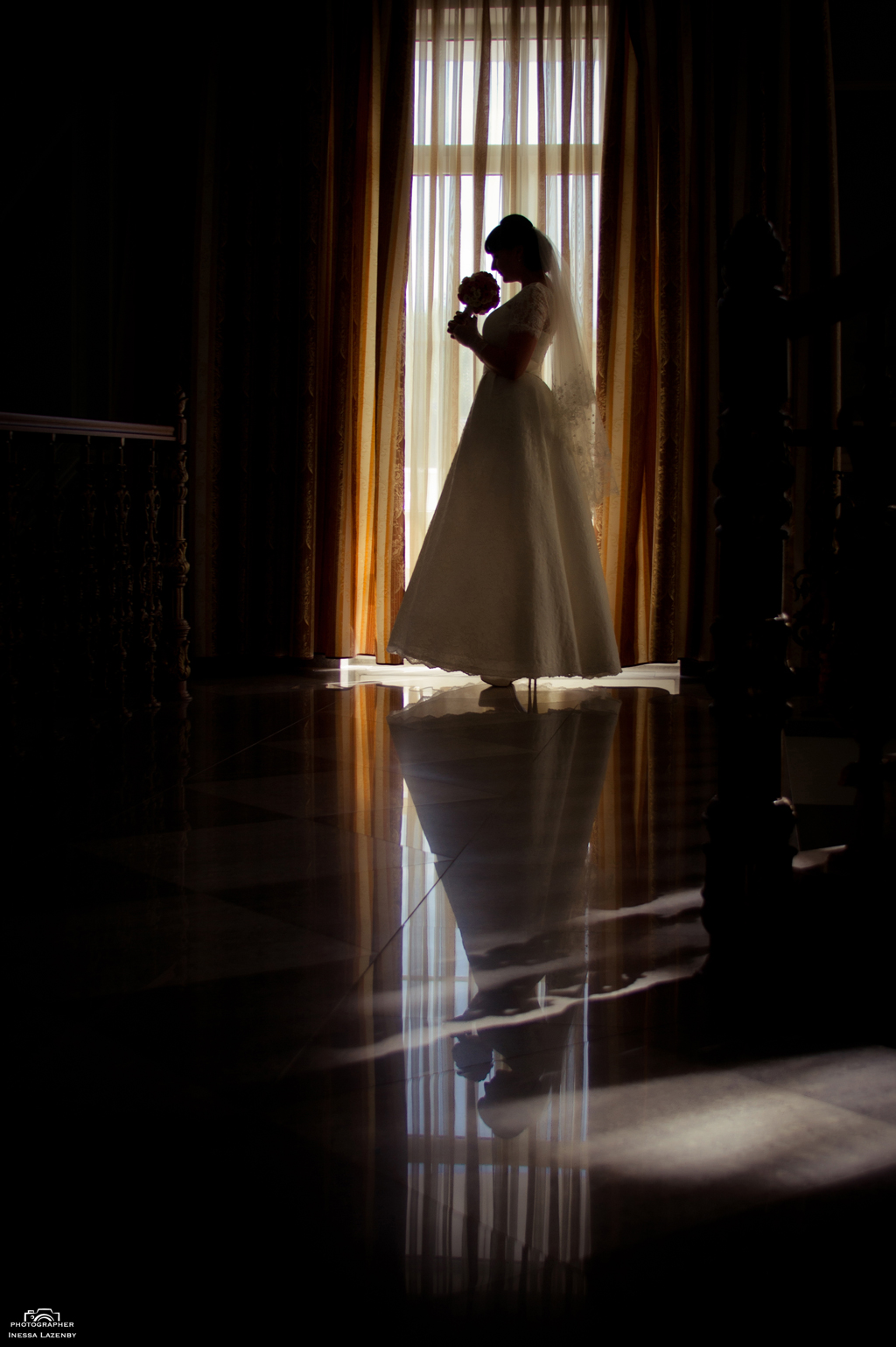
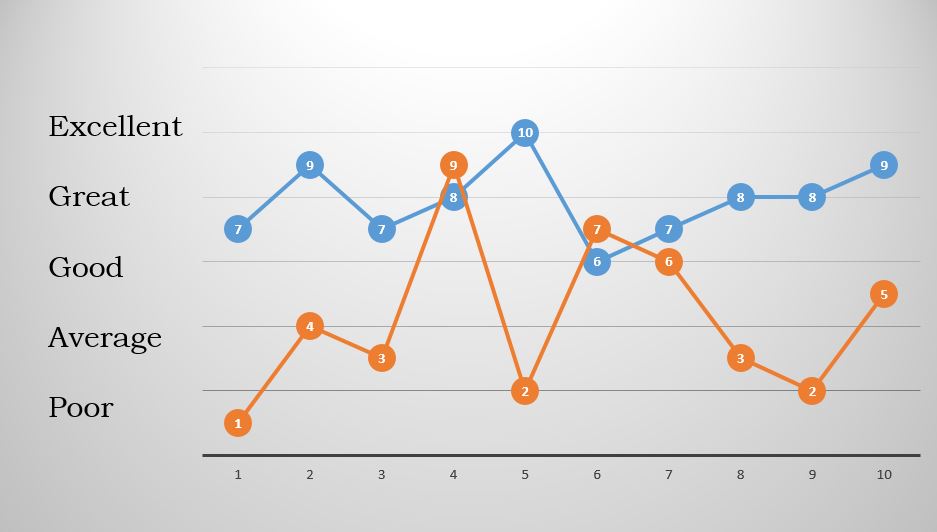
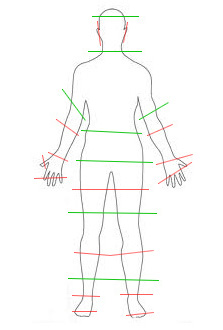
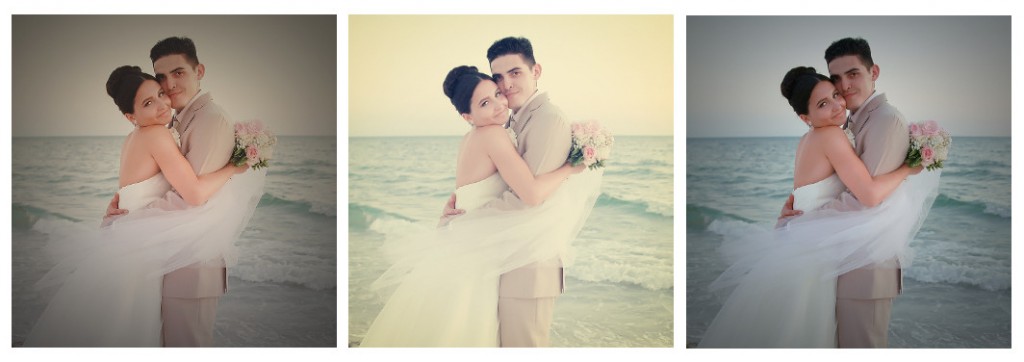
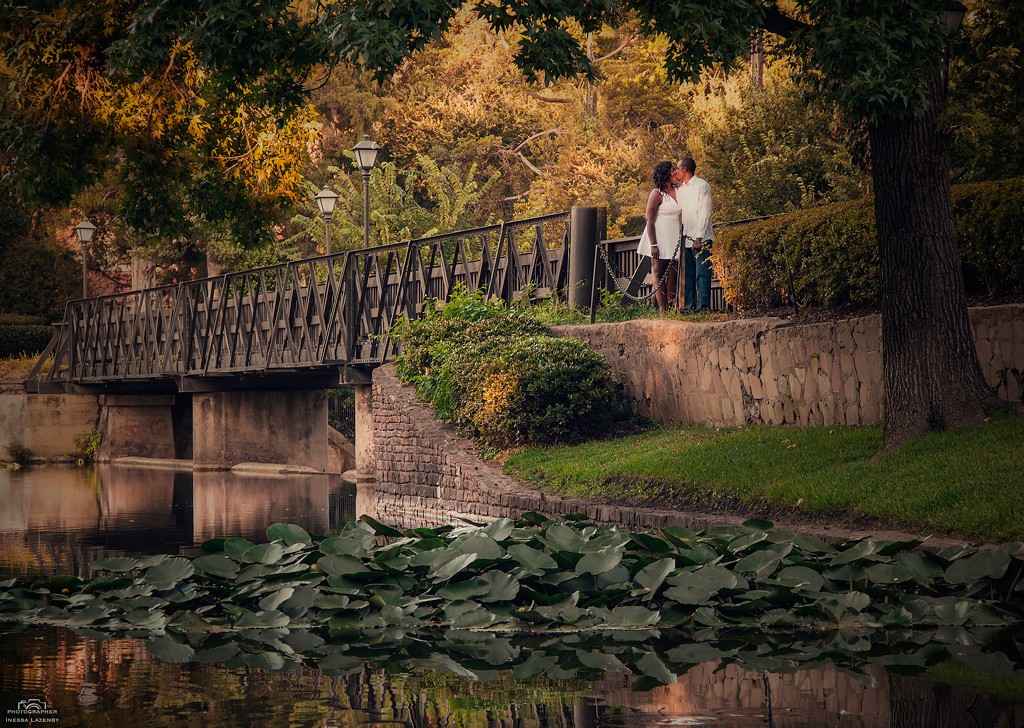
No Comments